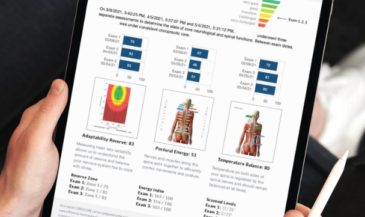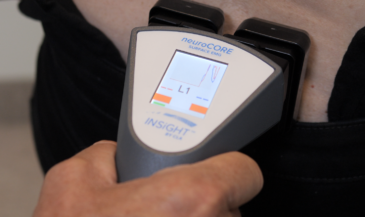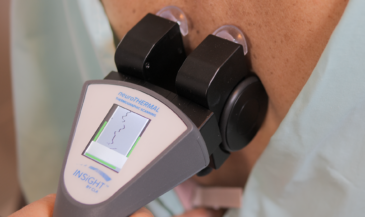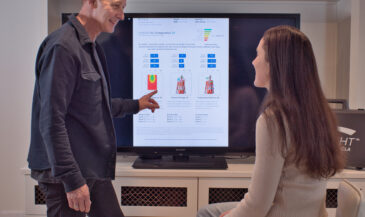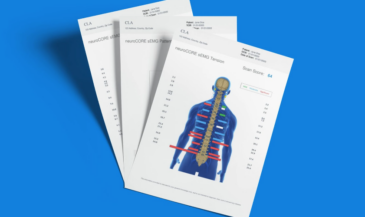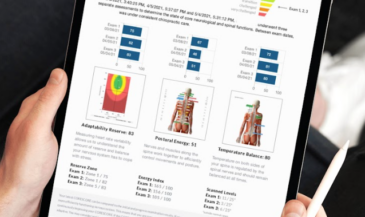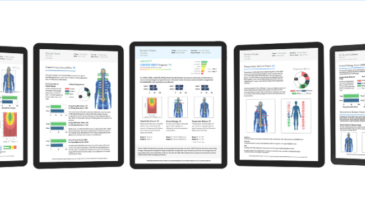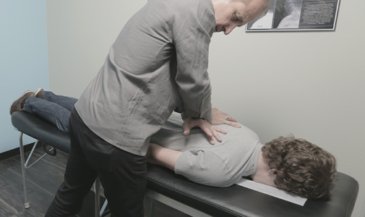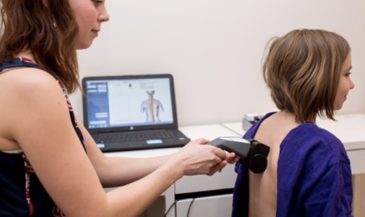Demonstrating the health benefits of chiropractic care presents a challenge. Many chiropractic researchers have followed the path of allopathic medicine. These investigators have attempted to determine how chiropractic care affects the course of specific symptoms or disease entities.
Such designs potentially limit chiropractic to the “treatment” of disorders which pass muster. These designs fail to adequately evaluate the general health benefits of chiropractic care, and improvements in the quality of life of asymptomatic patients.
Fortunately, there are strategies which provide an appropriate framework for chiropractic research.
One example is “quality of life” research. These designs seek to determine how chiropractic care affects general well being.
Two recent studies have yielded exciting findings.
A detailed analysis of a database collected during a three-year randomized study of senior citizens over 75 years of age revealed that patients who received chiropractic care reported better overall health, used fewer prescription drugs, and spent fewer days in hospitals and nursing homes than elderly non-chiropractic patients. The chiropractic patients were also more likely to exercise vigorously and more likely to be mobile in the community. (1)
Eighty-seven percent of the chiropractic patients described their health status as good to excellent, compared to only 67% of the non-chiropractic patients. Furthermore, the chiropractic patients spent 15% less time in nursing homes and 21% less time in hospitals than the non-chiropractic patients.
A retrospective assessment of 2,818 respondents in 156 practices found a strong connection between persons receiving Network Care and self- reported improvement in health, wellness, and quality of life. (2)
Ninety-five percent of the respondents reported their expectations had been met, and 99% wished to continue care. Whether these results are comparable to those obtainable by other technics remains to be seen.
The challenges imposed by public demands for increased accountability in the health professions may be met, in part, by using quality of life assessment strategies borrowed from the social sciences. By focusing on how chiropractic care improves the quality of life, the potential benefits of our profession will be better realized.
References
1. Coulter ID, Hurwitz EL, Aronow HU, et al: “Chiropractic patients in a comprehensive home-based geriatric assessment, follow-up and health promotion program.” Topics in Clinical Chiropractic 1996;3(2):46.
2. Blanks RHI, Schuster TL, Dobson M: “A retrospective assessment of Network care using a survey of self-rated health, wellness and quality of life.” Journal of Vertebral Subluxation Research 1997;1(4).









































